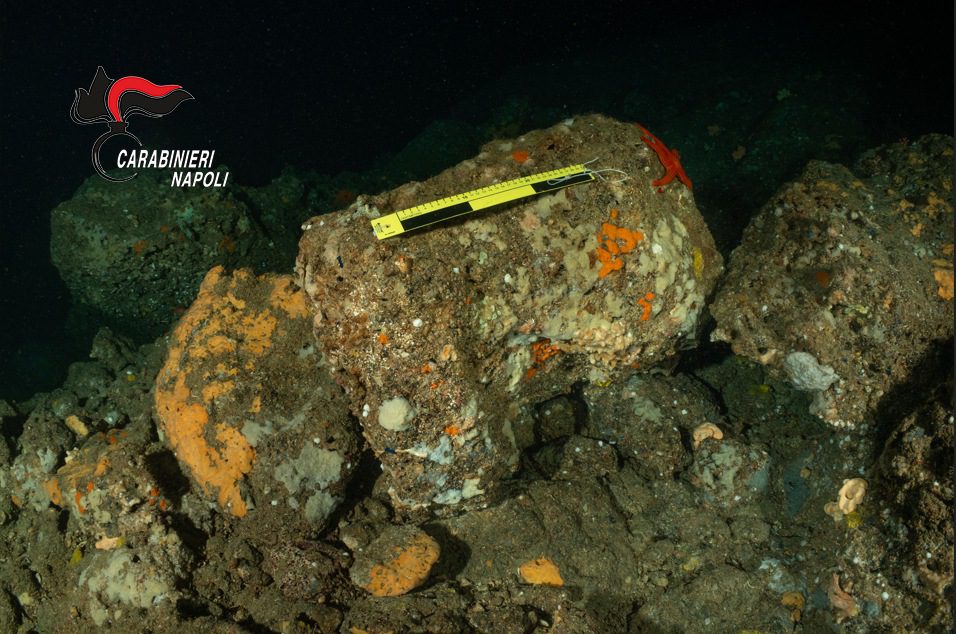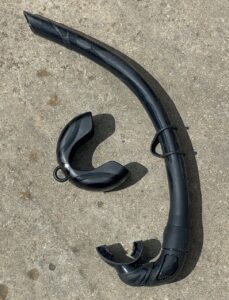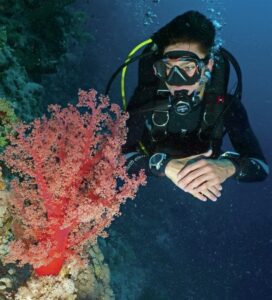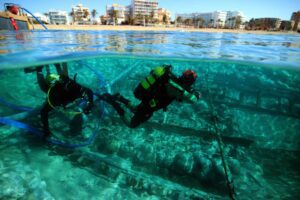Scuba divers in southern Italy have recovered a worked stone block, thought to be the base of a marble statue belonging to an ancient Roman emperor, that had been spotted in the Blue Grotto sea-cave on the island of Capri.
Carabinieri Underwater Unit divers, working with the Superintendency of Archaeology for the Metropolitan Area of Naples, used lifting-bags to extract the marble block. The grotto measures 60 by 25m, and its 2 by 1m entrance allows safe underwater access only in calm seas and at low tide.
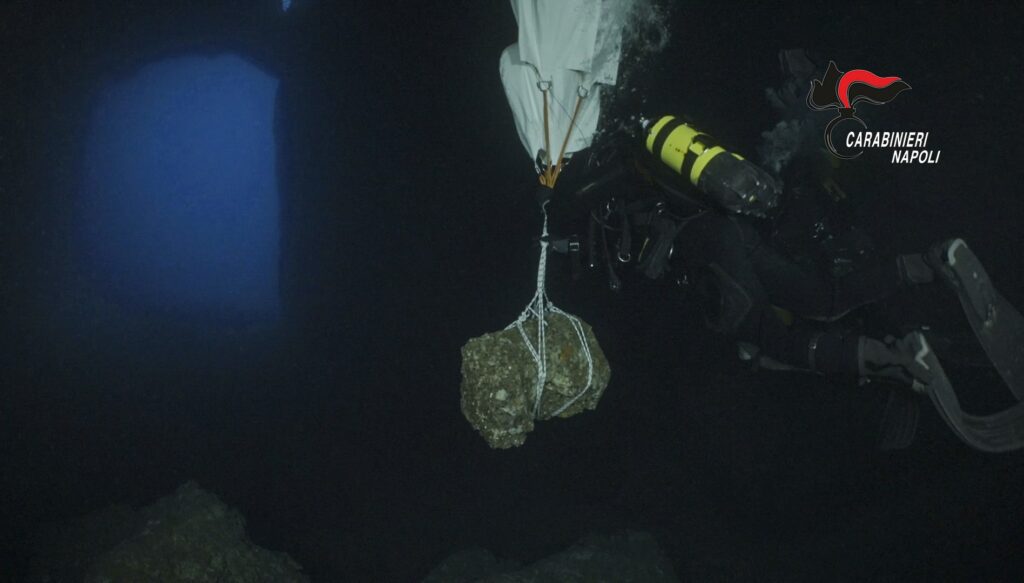
The divers guided the artefact through the opening at a depth of 3m and it was taken to Capri’s town hall for conservation and further examination, says the Superintendency.
The marble is thought to have belonged to the ancient villa of Gradola, which was built above the Blue Grotto. The cave served as the private swimming pool and nymphaeum (a building or room for relaxation containing fountains, sculptures and plants) for the Roman emperor Tiberius.
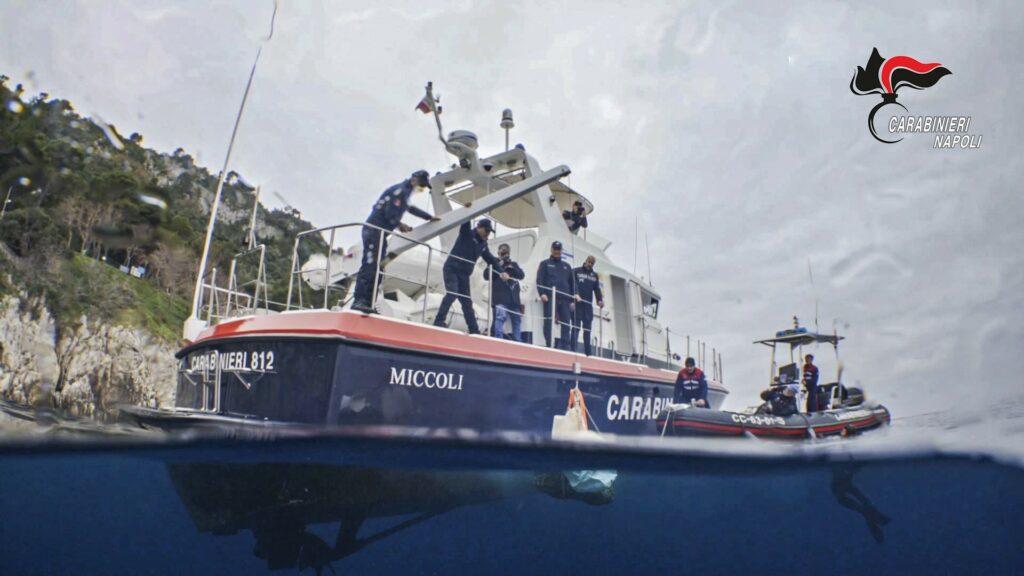
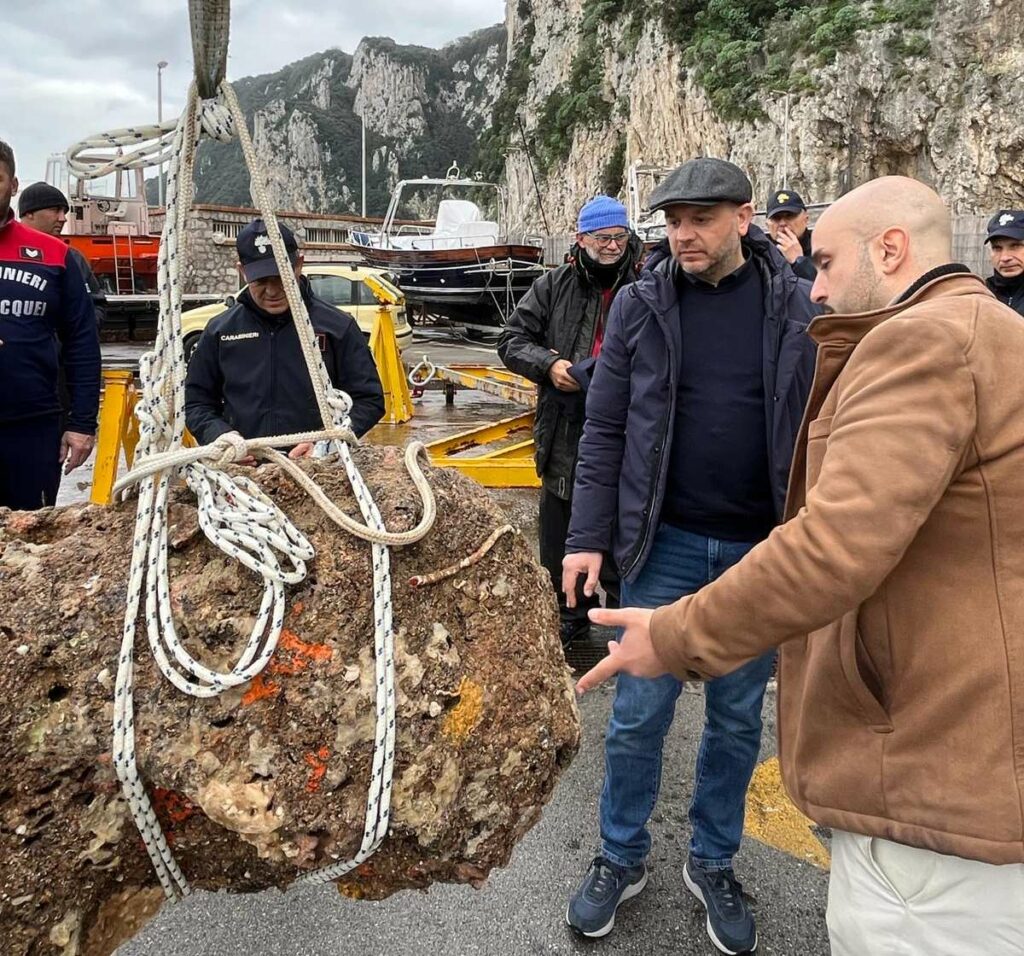
The emperor reigned from 14 to 37 AD and spent the last 10 years in retreat from public life on Capri, although he did have 11 other villas besides Gradola.
Tiberius had the grotto decorated with statues, including those of the Roman gods. Marbles recovered from there in the 1960s and ‘70s included fragments depicting the sea-god Neptune and his Tritons, and seven statue bases were recoverd in 2009.
Five of the sculptures are displayed in the Blue Grotto Museum at the Casa Rossa in Anacapri.
Also read: The Atlantis of Italy – A Dive into History, 2,000-year-old Roman vessel discovered off Italy
